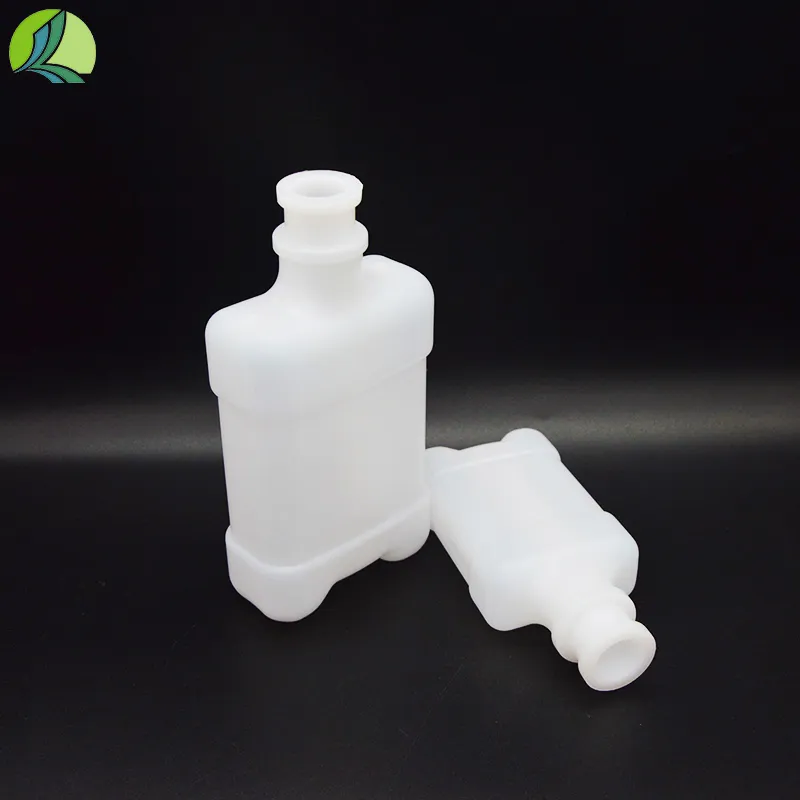https://www.wahmg.com/)">
Determining the Standard Diameter Measurement for Petri Dish Usage in Laboratories
Determining the Standard Diameter Measurement for Petri Dish Usage in Laboratories
The Importance of the Diameter of a Standard Petri Dish in Scientific Research
In the realm of microbiology, the Petri dish has become an indispensable tool for researchers around the world. This shallow, flat, cylindrical, and typically transparent dish is used for culturing microorganisms, allowing scientists to observe their growth and behavior under controlled conditions. One of the often overlooked yet critical aspects of a Petri dish is its diameter. Understanding the significance of the diameter of a standard Petri dish can enhance experimental design and yield better results.
A standard Petri dish typically has a diameter of about 90 to 100 millimeters (approximately 3.5 to 4 inches). This size is not arbitrary; it has been established through years of research and standardization. The diameter of the dish affects various factors, including the surface area available for microbial growth, the distribution of nutrients, and the ease of manipulation during experiments.
The Importance of the Diameter of a Standard Petri Dish in Scientific Research
Furthermore, the diameter of the dish affects the volume of the agar medium used. A standard Petri dish contains about 20 to 25 milliliters of agar solution, resulting in an optimal depth for microbial growth. If the depth of the medium is too shallow, it may not retain moisture adequately, leading to desiccation of the cultures. Conversely, excessive depth can hinder oxygen exchange, which is vital for aerobic organisms. A well-calibrated diameter, therefore, contributes to the right balance of moisture and oxygenation for optimal microbial growth.
diameter of a standard petri dish

Another important consideration related to the diameter of a Petri dish is the manipulation and handling of the cultures. Researchers often need to inoculate the dish with specific strains of microorganisms. A standard diameter provides enough space for easy handling while minimizing the risk of contamination. Smaller dishes could require more precision during inoculation and increase the likelihood of cross-contamination, which could compromise experimental results.
The choice of Petri dish size also influences the visual observation of colonies. When analyzing bacterial growth, the size and spacing of colonies are crucial for accurate measurement and interpretation. A standard diameter promotes a suitable distance between colonies, allowing researchers to identify individual colonies easily without overcrowding. This aspect is particularly important during the identification of different species or when performing colony-forming unit (CFU) counts.
In addition to laboratory applications, the diameter of Petri dishes also plays a role in industrial microbiology, where large-scale culturing is necessary. Here, the standard size ensures consistency across experiments and facilitates comparisons between results. Standardization in the diameter of Petri dishes promotes uniformity, which is crucial when protocols are replicated in different labs or across various studies.
In conclusion, the diameter of a standard Petri dish is a fundamental element that impacts numerous aspects of microbiological research. From affecting the surface area for microbial growth to ensuring optimal conditions for culture manipulation and observation, the importance of this seemingly simple measurement cannot be understated. As science advances and techniques evolve, remaining cognizant of these foundational tools will continue to be vital for successful experimental outcomes. Understanding and respecting the standards established in laboratory practices, including the size of Petri dishes, ultimately contributes to the reliability and reproducibility of scientific research.
-
Wholesale Plastic Juice Bottles with Caps 16 oz Options Available Bulk Packaging SolutionsNewsJun.10,2025
-
Laboratory Apparatus Reagent Bottle – Durable & Chemical Resistant Bottles for Safe StorageNewsJun.10,2025
-
Squeezable Dropper Bottles Durable, Leak-Proof & CustomizableNewsMay.30,2025
-
Affordable Plastic Petri Plates Sterile & Disposable Lab-GradeNewsMay.30,2025
-
Eye Dropper Caps Precision 24/410 & Plastic Bottle-Compatible TipsNewsMay.30,2025
-
Affordable Mini Spray Bottle Price & Wholesale Deals Shop NowNewsMay.29,2025





















